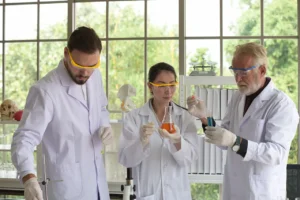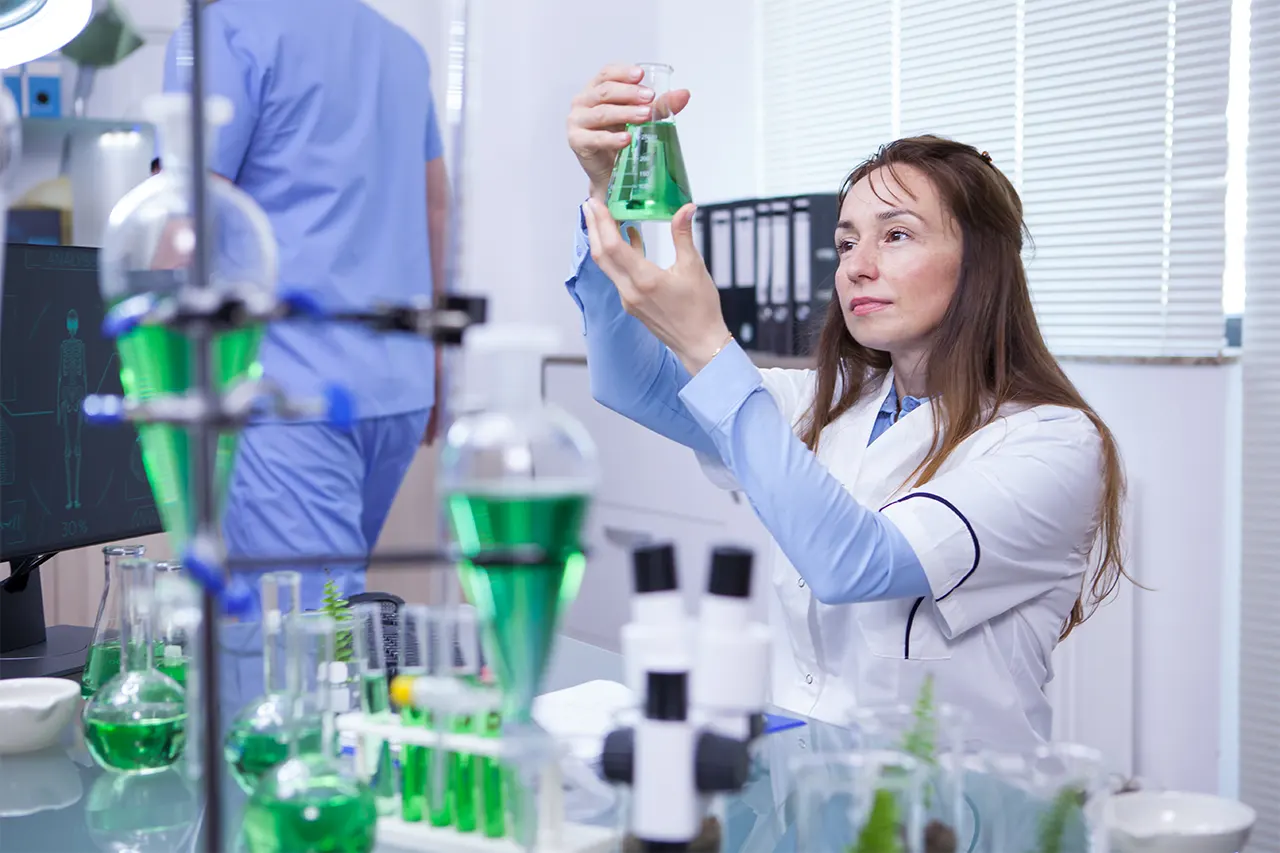
In-Depth: Why Merck, Germany Chemicals Are Trusted in Labs Worldwide
In the scientific community, a brand name is synonymous with quality and reliability. This article explores why “Merck” is the name researchers around the world trust.

When it comes to laboratory equipment, “glassware” is often one of the first things people think of—from beakers and Florence flasks to test tubes. But have you ever wondered why some glassware can be placed directly over a flame, while others may crack easily when exposed to rapid temperature changes? The answer lies in the “type of glass” used in their manufacture.
Choosing the right type of glass for your application isn't just about extending equipment lifespan and saving money; it's also a crucial factor for experimental safety. Today, we're going to delve into the differences between the two most commonly used types of glass in the lab: Borosilicate And Soda-lime
Borosilicate glass is a special type of glass containing boron trioxide, which gives it unique properties that ordinary glass lacks. Well-known brands like Pyrex® and DURAN® are examples of products made from this type of glass.
Key Properties:
Appropriate Uses: These include equipment that needs to withstand direct heat, such as beakers, round-bottom flasks, Erlenmeyer flasks, test tubes, and equipment requiring high chemical resistance.
Soda-lime glass is the most common type of glass found in daily life, from beverage bottles to window panes. It's also used in laboratories, but its use is restricted to applications that don't involve harsh conditions.
Key Properties:
Appropriate Uses: Equipment that doesn't require heat, such as reagent bottles, Petri dishes, microscope slides, stirring rods, and some types of pipettes.
| Properties | Borosilicate Glass | Soda-lime Glass |
| Thermal Shock Resistance | Very High | Low |
| Chemical Resistance | Very High | Moderate |
| Melting Point | High (approximately 820 °C) | Lower (approximately 700 °C) |
| Price | Higher | Economical |
| Main Uses | Heating, Chemical Reactions, High-Precision Analysis | Storing Substances, General Room Temperature Work, Disposable Equipment |
The decision on which type of glass to choose isn't about which one is "better," but rather "what will it be used for?"
Choosing the correct type of glassware isn't just about lab safety; it also helps save money in the long run. MIT Trade We offer laboratory glassware and plasticware in both Borosilicate and Soda-lime types to meet all your application needs. Our experts are ready to provide consultation, ensuring you get the most suitable equipment.

In the scientific community, a brand name is synonymous with quality and reliability. This article explores why “Merck” is the name researchers around the world trust.

Cultivation of microorganisms is the heart of microbiology, and culture media is a key factor. This article will introduce you to the types of culture media.

Storing chemicals isn’t just about finding a place to put them, it’s about safety. This article is a guide to helping you store chemicals in your lab properly.
เว็บไซต์ mit-trade.com มีการใช้งานเทคโนโลยีคุกกี้ หรือ เทคโนโลยีอื่นที่มีลักษณะใกล้เคียงกันกับคุกกี้ บนเว็บไซต์ของเรา โปรดศึกษา นโยบายการใช้คุกกี้ และ นโยบายความเป็นส่วนตัวของข้อมูล ก่อนใช้บริการเว็บไซต์ ได้ที่ลิงค์ด้านล่าง